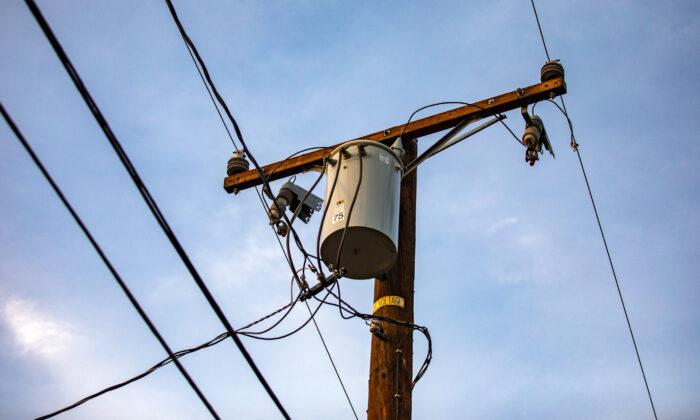The Orange County Power Authority (OCPA) has named two top executives to manage the recently formed agency and oversee the launch of a community choice energy program by 2022 in Southern California.
Brian Probolsky, the current president of the Moulton Niguel Water District, was appointed the group’s CEO, while Antonia Castro-Graham, who currently serves as the City of Fullerton’s deputy city manager, was named its chief operating officer.
OCPA Chairman and Irvine Vice Mayor Mike Carroll said the board “selected a distinguished executive team with deep roots in Orange County public service,” adding that his city is “proud of having nurtured OCPA from concept to creation,” in a Jan. 13 statement.
Probolsky, a resident of Laguna Niguel, has served on the Moulton Niguel board of directors since 2008. He’s a strong advocate for technology and innovation, according to the water district.
Castro-Graham worked previously for the City of Huntington Beach as an assistant to both the city manager and the energy and sustainability manager. She considers herself a “thought leader in the sustainability community,” according to an interview with Arizona State University, where she recently pursued an Executive Master of Sustainable Leadership degree.
The OCPA consists of five Orange County cities, representing 800,000 residents in Irvine, Lake Forest, Buena Park, Huntington Beach, and Fullerton.
The organization hopes to recruit additional cities to form a locally controlled cooperative utility authority to buy and sell energy, providing citizens a community choice energy (CCE) option. The transmission of electric power and billing would still be handled by Southern California Edison (SCE).
“There’s still a lot of interest out there from the rest of the cities that couldn’t get in before last year’s deadline,” Carroll told The Epoch Times on Jan. 14, adding that interested cities include Costa Mesa, Santa Ana, Placentia, Aliso Viejo, Stanton, Newport Beach, San Clemente, and possibly Yorba Linda.
Carroll said the OCPA’s new executive staff members have already been asked to look into forming a community advisory committee and report back to the board with their findings.
The OCPA chairman said he likes the idea of more local and community control over electrical power “where we can decide what to do ... as opposed to SoCal Edison and their decisions essentially as a utility monopoly.”
“There’s something in there for everyone,” Carroll said. “For me, it’s a mix of local control, which is something that Sacramento has been essentially pilfering from Orange County and cities like Irvine over the last 10 or 15 years. So it’s an assertion of what we want to do locally as a community, or as communities that are banding together.”
Because it pledged $2.75 million to form the OCPA and get the CCE program rolling, the City of Irvine has two members—and two votes—on the OCPA board of directors, while other member cities each get one vote.
“No city is required to put any money into the JPA [joint power authority] or into a future community choice energy entity, because Irvine has agreed to go ahead and front the costs, provided that it gets paid back and provided that there is a little more overall ... governance,” he said.
Irvine Mayor Farrah Khan, who also sits on the OCPA board, has been a longtime proponent of the CCE program, which has been touted as a way to encourage more renewable energy sources and save customers about 2 percent on their electricity bills.
However, questions remain about how much money the program will actually save consumers. In June, a third-party feasibility study conducted by MRW & Associates for the City of Irvine found the actual savings may be as low as 0.5 percent, 10 times less than initial estimates.
The study concluded that 12 of the 19 operating CCEs in California offer residential savings between 0.5 percent and 2 percent, while five offered better savings. Only one CCE in SCE’s territory offered higher savings, and another offered no savings at all. The study suggested, however, that savings could grow over time after the cities have recovered start-up costs.
When the program is launched, it will have to meet state renewable portfolio standard requirements that mandate a significant amount of the CCE’s total power must come from renewable resources, including 40 percent by 2024, 52 percent by 2027, and 60 percent by 2030.
The five cities that signed up before the Dec. 31, 2020, deadline expect the CCE to launch in 2022. Those that file applications with the California Public Utilities Commission before the end of this year can expect a launch in 2023.





